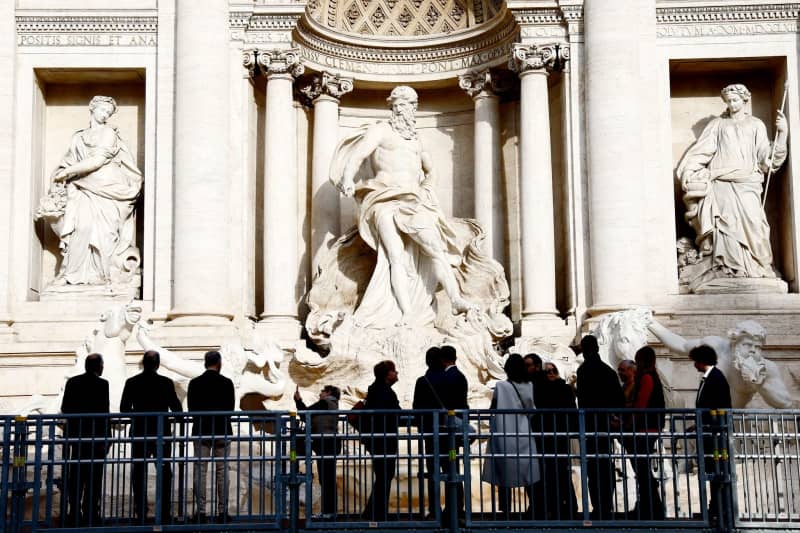Italy is currently experiencing an overwhelming surge in mass tourism, significantly impacting the nation’s affordability, its urban environment, and the cultural landscape of its once-tranquil villages. Major cities such as Rome, Venice, and Florence are witnessing an influx of tourists that has led to congested streets and packed attractions, leaving both visitors and locals feeling the pressure. With Italy recording approximately 134 million tourist arrivals in 2023 alone, the pressure on popular sites is unrelenting. These conditions have compelled many travelers to resort to early morning excursions for a more genuine Italian experience or simply reminisce over nostalgic photos from quieter times.
To counteract this influx, local governments are beginning to impose restrictions on access to key tourist sites. For instance, the Trevi Fountain in Rome—an iconic and beloved site—is struggling with overcrowding. In response, the city council and various stakeholders are contemplating various measures to enhance the visitor experience, including potentially introducing a fee for entry. As it stands, limited access has already been implemented to allow a controlled flow of visitors as restoration efforts are set to begin in 2025. This underscores a trend where various Italian cities are exploring ways to balance tourism with the preservation of their unique cultural heritage.
Pompeii, another major tourist destination that draws millions of visitors, is also taking steps to mitigate the impact of heavy foot traffic. This archaeological park, which witnessed around 4 million visitors in a single summer, plans to enforce a daily cap of 20,000 visitors, coupled with personalized ticketing to streamline entry. The objective is to ensure the site’s longevity and safeguard the safety of visitors while honoring the historical significance of the city, which was buried by a volcanic eruption in 79 AD. These measures highlight how even UNESCO World Heritage sites are vying for sustainable tourism solutions.
In Venice, which some have dubbed “the Venice Theme Park” due to the overwhelming number of tourists, the city is taking serious measures to regulate visitor traffic. With the number of guest accommodations far exceeding the local population of fewer than 50,000 residents, the introduction of an entrance fee for tourists aims to curb the negative impacts of mass tourism. Initially set at €5, the fee will increase to €10 by 2025. The imposition of this fee is a response to significant local dissatisfaction, as residents feel increasingly displaced and marginalized amid the bustling tourism industry.
Florence is facing a similar predicament as it grapples with an overwhelming number of short-term rentals. Estimates suggest that approximately 30% of the city center’s apartments are listed on platforms like Airbnb, contributing to a dramatic increase in rent—42% since 2016. This surge has burdened long-time residents and has prompted the local government to take action, with the new mayor suggesting a ban on the registration of further short-term rentals. This initiative aims to secure affordable housing for Florence’s citizens while meeting tourism demands in a more sustainable way.
Additionally, the iconic “Via dell’Amore” in Cinque Terre—a popular scenic path—has also enacted restrictions as part of its management strategy. Once a hotspot for tourists, the trail’s reopening has been accompanied by strict visitor limits, allowing only 400 individuals per hour, facilitated through ticketing systems. These measures underline the commitment of Italian municipalities to not only protect their cultural treasures but also to ensure an enjoyable experience for visitors. The evolving management strategies exemplify the ongoing battle to strike a balance between celebrating Italy’s rich heritage while safeguarding the quality of life for both residents and travelers alike amidst the challenges of mass tourism.

